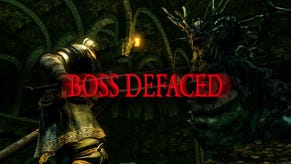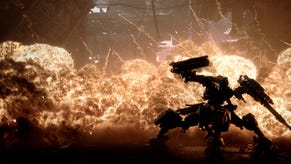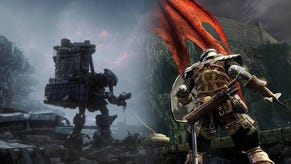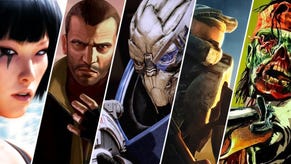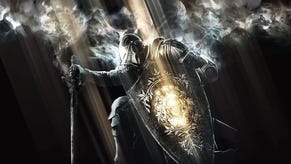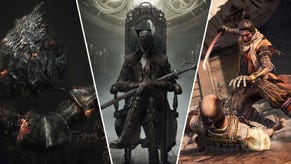Before Tales and Dark Souls, Namco Gave RPG Fanatics the Druaga Games
The publishing giant has been cheerfully abusing gamers for decades.
This article first appeared on USgamer, a partner publication of VG247. Some content, such as this article, has been migrated to VG247 for posterity after USgamer's closure - but it has not been edited or further vetted by the VG247 team.
On this day 29 years ago, Japanese publisher Namco officially released the game The Return of Ishtar in arcades. It was a work of mad ambition and remains one of the most fascinating arcade creations I've ever played.
You may never have heard of the game, and that's no surprise; it made the merest blip in the U.S. It's probably best-known for its inclusion in the Namco Museum anthology series for PlayStation, and even there it was the kind of game most people either skipped past entirely in order to play Pac-Land... or else they skipped the entire volume altogether.
And really, it's understandable. The Return of Ishtar does not take pains to make itself accessible to newcomers. It was the sequel to The Tower of Druaga, a game that expected arcade players to survive a massive tower full of hidden secrets, procedurally generated dungeon layouts, and no continues one coin at a time. What a brutal and unfriendly idea! However, Druaga earned a loyal fanbase, and Ishtar was directed straight at them: A rambling action RPG filled with monsters, hidden secrets, and unconventional mechanics.
Ishtar centered around the recently rescued Princess Ki; no longer the distressed damsel she had been in the first game, she provides the point-of-view for Return of Ishtar. However, she didn't have to go it alone; a second player could take the role of Gilgamesh, the hero of Druaga, and help protect Ki from roaming monsters... to a point, anyway. The game camera paid little heed to Gil's movements, and if he attacked too many monsters he'd run out of juice and die, game over. Pretty weird!
But, like so many Namco games of the era, The Return of Ishtar offered great music and visuals along with ideas that had never appeared in an arcade game before. It was wholly unique, and wholly challenging. The game saw several sequels itself, including The Quest of Ki and The Blue Crystal Rod, and the Druaga name still pops up from time to time — most recently as an anime series. These days, its place in Namco's ecosystem is filled by Tales (the teamwork and anime protagonists) and Dark Souls (the opaque, unforgiving combat)... but fans of the classics know that both modern franchises wouldn't be here without the Druaga games to blaze a trail.


